Latest
News and highlight stories to keep informed on activities and accomplishments of Faculty Fellows and Innovation Fellows, past and present.
Latest News
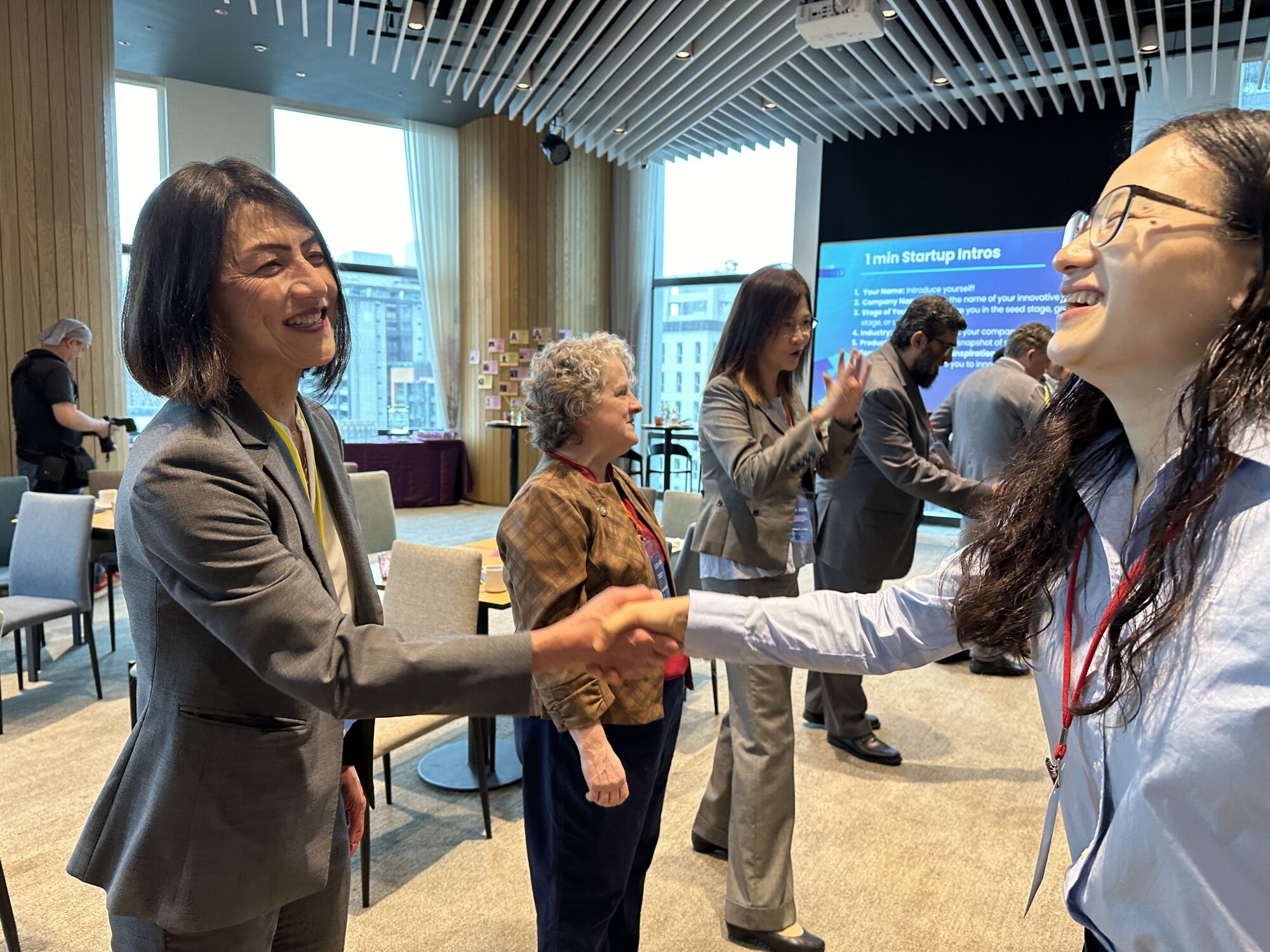
News
Michelle Kiang, Bakar Fellow Advisory Board Member, Featured in Bloomberg
Michelle Kiang is co-founder and Managing Partner of Impact Science Ventures. She was featured at the U.S. National Science Foundation’s first technology startup workshop.
Read more
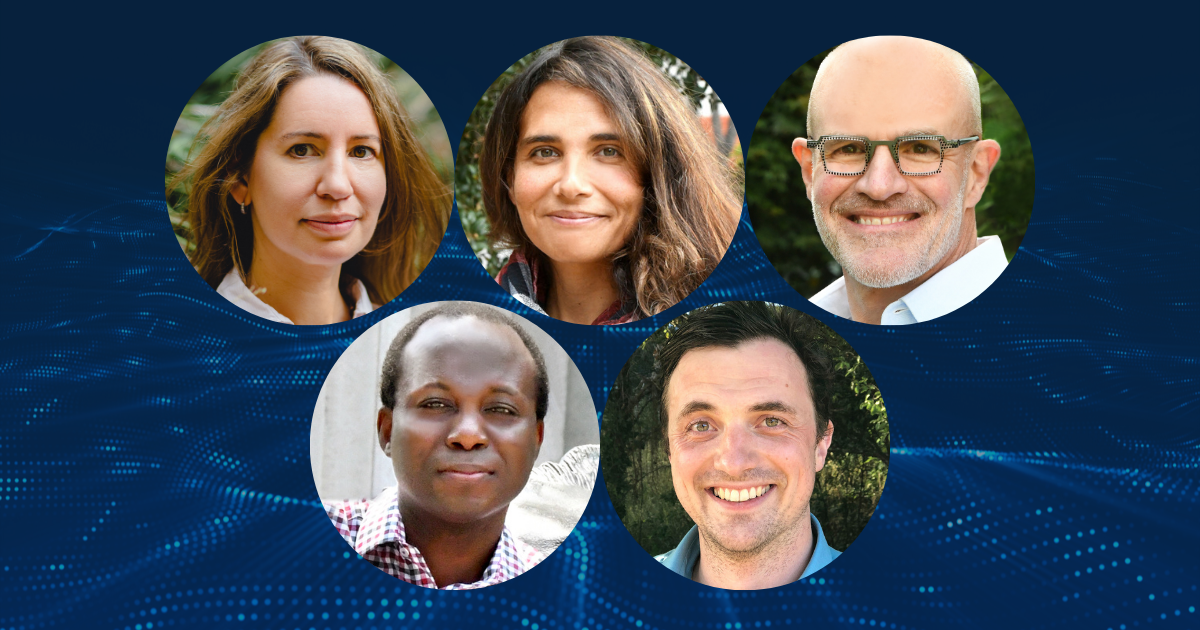
News
Meet the Bakar Fellows Program’s 2024 Bakar Prize Winners
We are excited to announce the 2024 cohort of Bakar Prize winners. Click to learn more about their projects and how the Bakar Fellows Program continues to support their efforts.
Read more

News
Edge in Tech Symposium: Advancing Health Tech for All
Happening March 8: The Bakar Fellows Program is sponsoring Edge in Tech's symposium. Register now and be part of a day filled with inspiring talks, networking opportunities, and a chance to contribute to the critical discourse on health tech innovation for all.
Read more
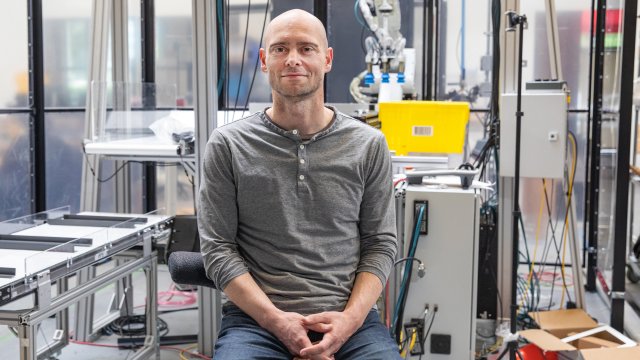
News
Pieter Abbeel: Removing a Major Memory Bottleneck for AI Models
Pieter Abbeel co-authored a research paper with a Google data scientist and the CTO of Databricks, Matei Zaharia, demonstrating that by removing a major memory bottleneck for AI models, they could enable models to process millions of words as opposed to hundreds of thousands — the maximum of the most capable models before Google's Gemini 1.5 Pro.
Read more
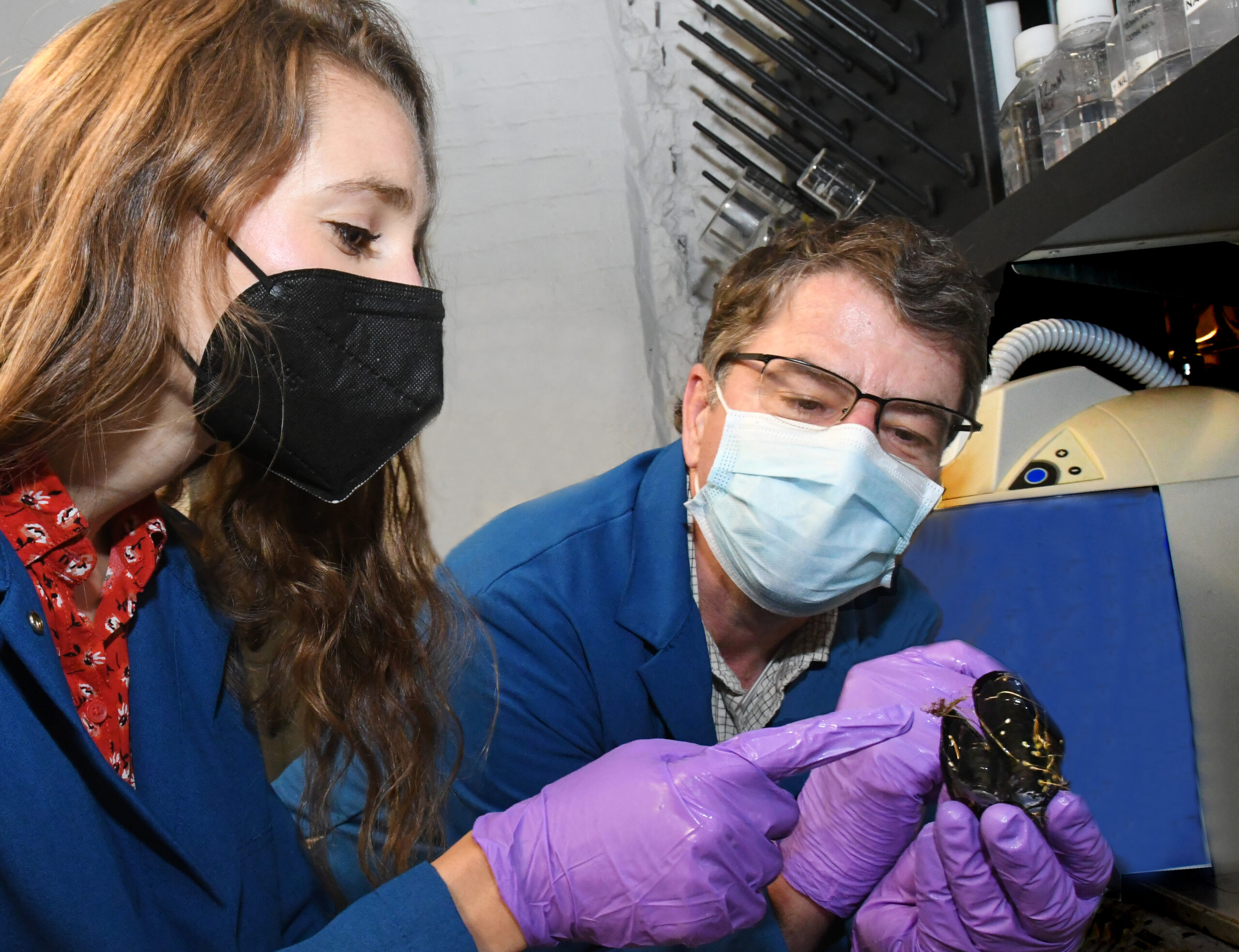
News
Bakar Fellow Phil Messersmith Advances Toward Effective IBD Therapies
Phil Messersmith's Bakar project uses inspiration from nature to develop therapies for inflammatory bowel disease.
Read more
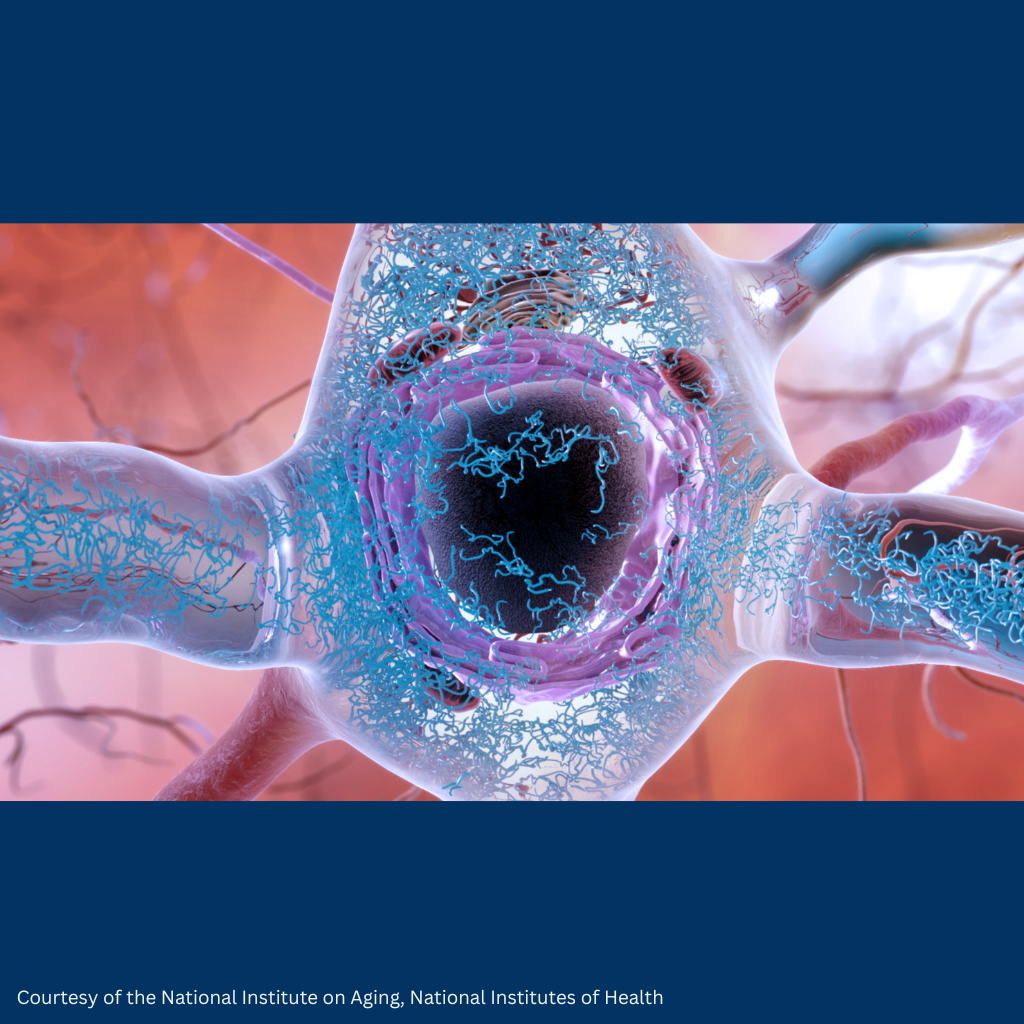
News
Research led by Michael Rape finds stressed-out brain cells lead to neurodegenerative disease
Featured in Berkeley News, Michael Rape's research suggests that constant stress triggered by clumping proteins is killing brain cells.
Read more
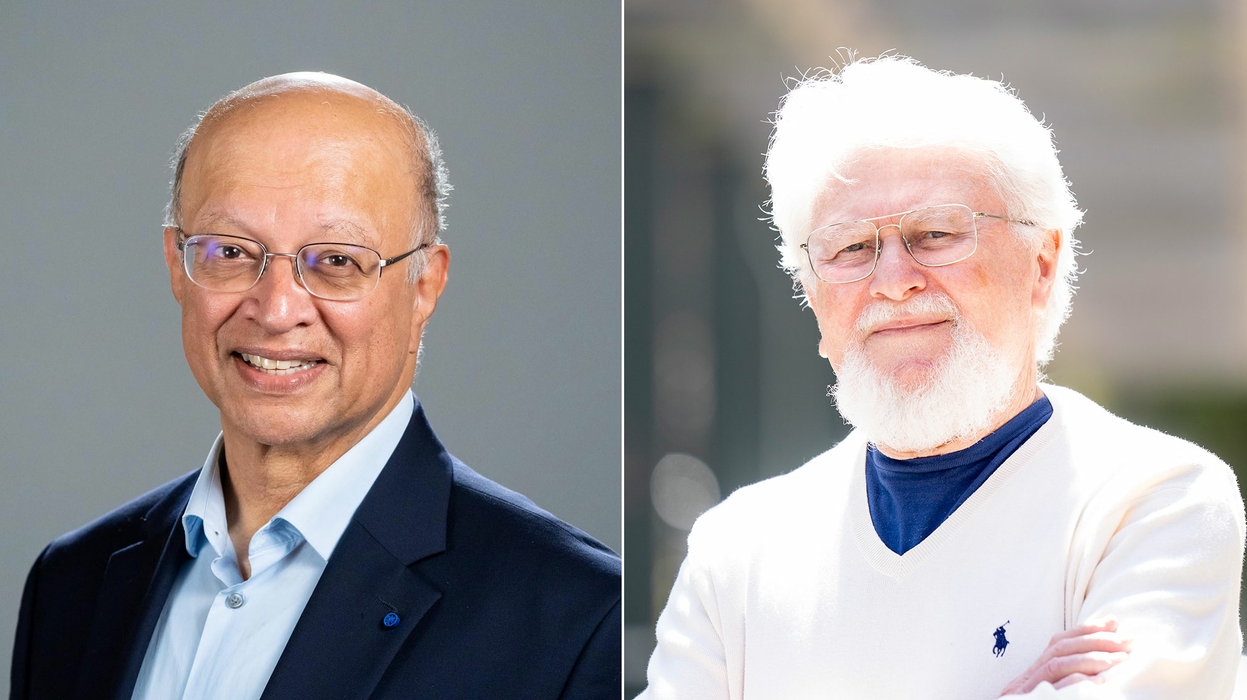
News
Ashok Gadgil Elected to National Academy of Inventors
Ashok Gadgil has received one of the highest honors reserved for inventors, along with UC Berkeley engineering professor Boris Rubinsky.
Read more